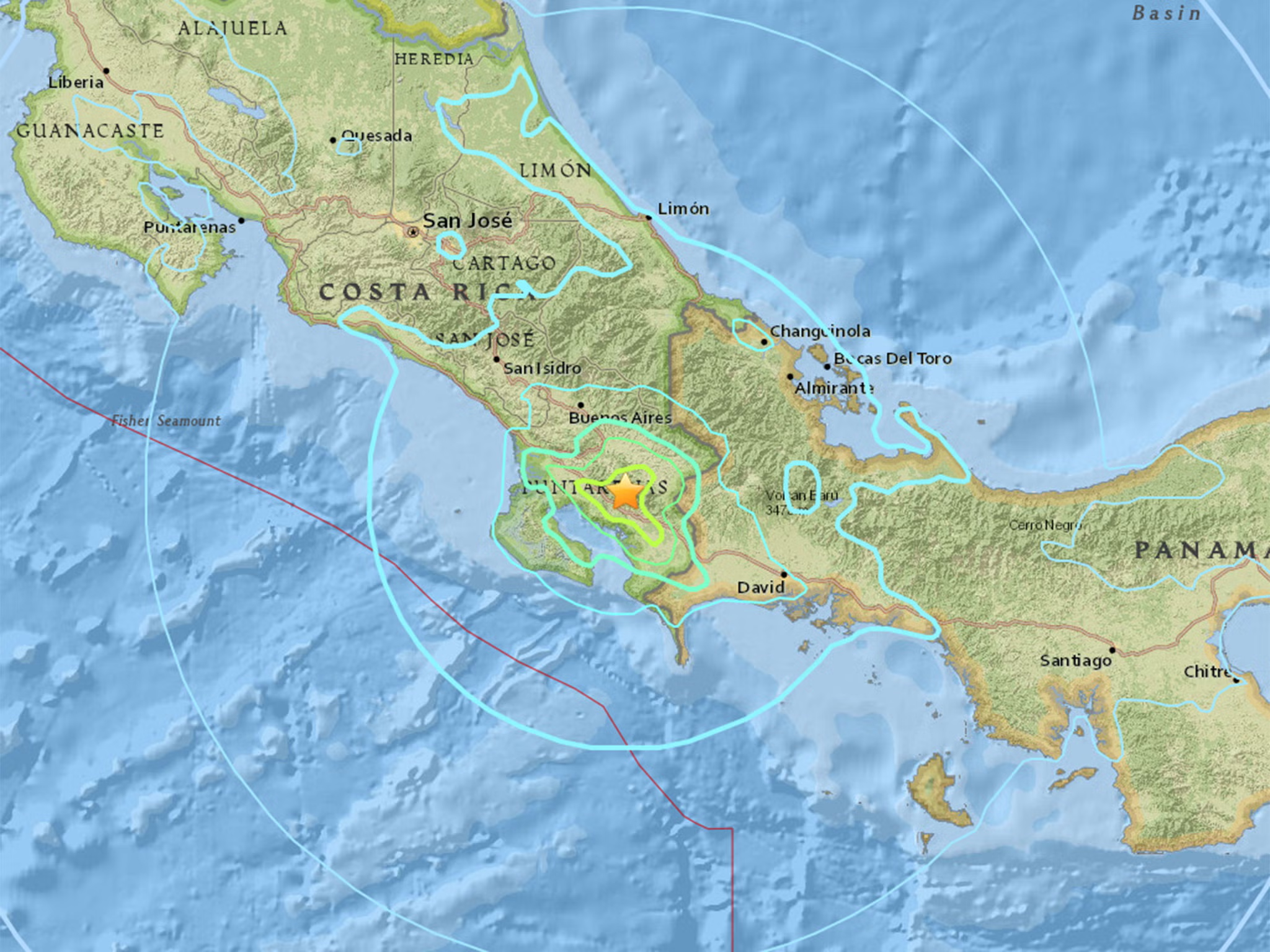The Tectonic Tango: Costa Rica’s Seismic Sensitivity
A Shaky Ground Reality
In Costa Rica, a land of lush rainforests and pristine beaches, the ground beneath is as dynamic as it is dangerous. The nation, cradled between oceans and tectonic plates, is no stranger to earth’s rumblings. Active volcanoes and frequent tremors are part of daily life, punctuated occasionally by earthquakes that reshape the land. New research has unveiled a curious phenomenon: Costa Rica’s intricate network of faults is responding to seismic waves from far-flung earthquakes.
Distant Tremors Stirring Local Faults
This intriguing discovery emerged at the AGU’s Annual Meeting 2023 in San Francisco. Scientists found that seismic activity in Costa Rica is influenced by major quakes occurring miles away – a process known as dynamic triggering. While this phenomenon is commonly observed in geothermal and volcanic regions, its occurrence along continental faults, as seen in Costa Rica, is rarer.
Unraveling the Underground Mysteries
Earth’s Far-Reaching Impact
Costa Rica, perched on a seismically active landscape, regularly endures significant quakes. The 2012 Nicoya Peninsula earthquake, with a magnitude of 7.6, and the 1991 quake, a magnitude 7.7 disaster, are stark reminders of the country’s tenuous geological setting. Scientists have long debated whether seismic waves from global earthquakes can activate distant faults. Now, evidence of such occurrences has surfaced in Costa Rica, changing our understanding of seismic interconnections.
A Deep Dive into Seismic Data
Esteban Chaves from the Volcanological and Seismological Observatory of Costa Rica, along with Sonia Hajaji from the University of Costa Rica, embarked on a mission to find evidence of dynamic triggering. They analyzed seismic data surrounding the largest earthquakes in the Americas since 2010, including the recent 2023 Türkiye-Syria earthquake. Their findings were remarkable: seismic activity in Costa Rica increased following these distant, powerful events.
The Groundbreaking Discoveries
A Pattern Emerges
The research team observed spikes in microseismic activity after the Honduras 2018 earthquake and the 2023 Türkiye-Syria earthquake. These seismic flurries were localized in northern volcanic regions and the Pacific coastal subduction zone. This discovery of increased high-frequency local seismic activity following low-frequency waves from distant quakes offers a new understanding of Costa Rica’s seismic landscape.
Pondering the Mystery: Supershear Quakes
What’s puzzling is why the 2023 Türkiye quake, occurring far from Costa Rica, would trigger such a response, while closer quakes did not. The researchers noticed both the 2018 and 2023 events were supershear earthquakes, known for their intense shaking akin to a sonic boom. This revelation has opened a new line of inquiry: do supershear ruptures have a greater potential to trigger distant quakes?
The Bigger Picture: Seismic Sensitivity and Prediction
A New Frontier in Earthquake Research
This groundbreaking study raises more questions than it answers. The possibility of distant supershear quakes influencing local faults might offer clues about areas ripe for seismic activity. The research shines a light on the complex, interconnected nature of our planet’s tectonic behavior, urging further exploration into the mechanisms behind seismic triggering.
Costa Rica: A Case Study in Global Geology
Costa Rica’s response to distant earthquakes underscores the global interconnectedness of seismic events. As we delve deeper into understanding these phenomena, the country stands as a living laboratory, helping us grasp the intricate dance of tectonic plates beneath our feet.
Embracing Earth’s Dynamic Dance
Seismic Surprises: Expect the Unexpected
Costa Rica’s tale of seismic sensitivity serves as a reminder of our planet’s dynamic nature. As scientists unravel the mysteries of the deep, each discovery brings us closer to understanding and, perhaps, predicting the unpredictable movements of the Earth.


1 comment
[…] Source link […]